Home > Climate News >
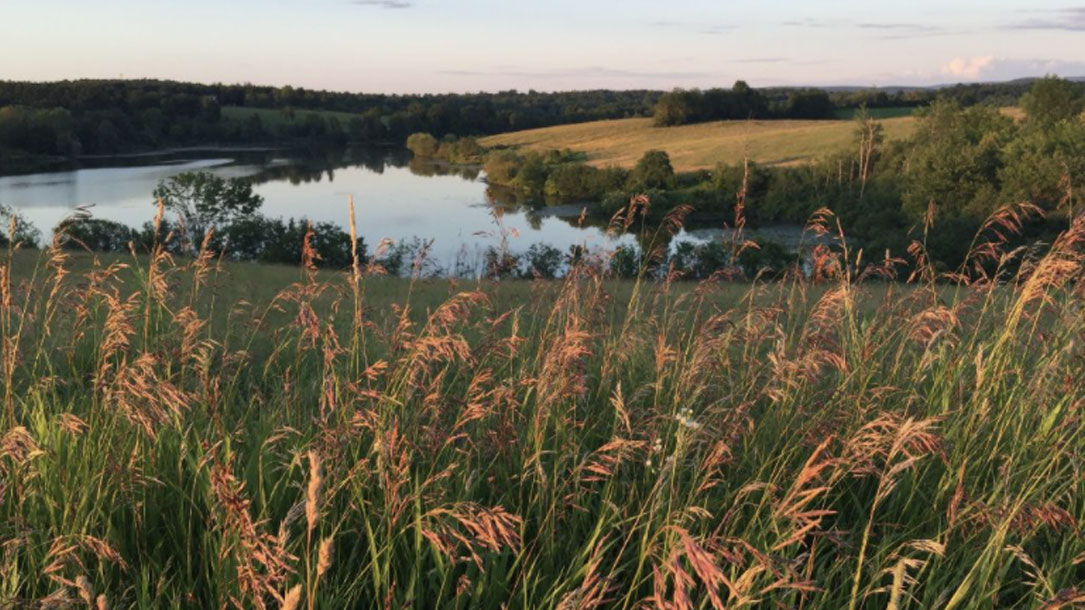
Looking to land to mitigate climate change
Two [fairly] recent studies affirm the potential of natural ecosystems to scale back atmospheric CO2. New research published in Nature this January cites the “unexpectedly large impact” that forest management and grazing has on the planet and atmospheric carbon. “We have forgotten half of the story up to now,” lead study author Karl-Heinz Erb told The Washington Post…

Video: Solar shading for dairy cows
We all know Minnesota summers can be hot, especially for our grazing dairy herd. We’ve installed solar panels in our pasture to provide shade for our cows. Brad Heins, WCROC dairy scientist, and Kirsten Sharpe, graduate student, share more information…

Solar panels provide cow comfort
Research from the University of Minnesota on solar panels at dairy farms is leading to some interesting results. The panels produce electricity to run the farms, but also provide shade for the dairy cattle—thus improving cattle comfort.
A 30-kilowatt solar-powered system is in the pasture of the rotational grazing system at the West Central Research and Outreach Center. The center is located in Morris, Minnesota. According to University of Minnesota assistant professor and Extension Organic Dairy Management Specialist Brad Heins, the system provides shade for the center’s milking herd and energy for the milking parlor…
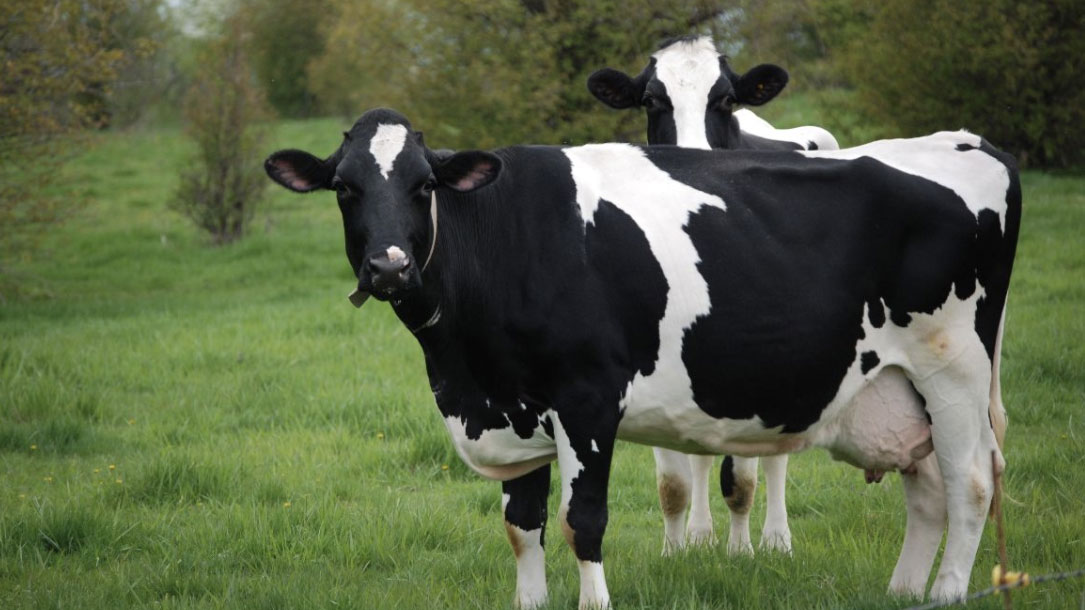
Caring for the land is caring for ourselves
Profitable farms cultivating healthy people; thriving, diverse communities; clean water, flood reduction, stable climate, and biodiversity are possible…

‘Grassland 2.0’ seeks to transform Upper Midwest agriculture through perennial grasslands
Bert Paris loves dairy farming. After more than 30 years, he’s beginning to transition the farm he operates near Belleville, Wisconsin, to his daughter, Meagan Farrell, who is excited about moving her family home to run it.
Despite years of terrible headlines about the dairy industry, farmers like Paris and Farrell are bullish on dairy because, despite chronically low and erratic milk prices, they’ve controlled their production costs with managed grazing. “Grazing, financially speaking, was the best thing I’ve ever done for my business,” Paris says.
Paris is a participant in Grassland 2.0, a newly formed collaborative group based at the University of Wisconsin–Madison that is working to create more opportunities for grazing and other types of perennial grassland farming.

Wisconsin farmer mimics ecosystem where mastodons and ground sloths once roamed
Peter Allen is taking inspiration from the oak savannas that were once widespread in the Midwest.
He says conventional agriculture depletes the soil, but this approach to raising livestock can help build topsoil and store carbon.
“We’ve grown about three inches of topsoil in six years,” Allen says. “So that’s really inspiring.” By learning from the past, Allen hopes to produce food while also preserving savanna ecosystems for the future.
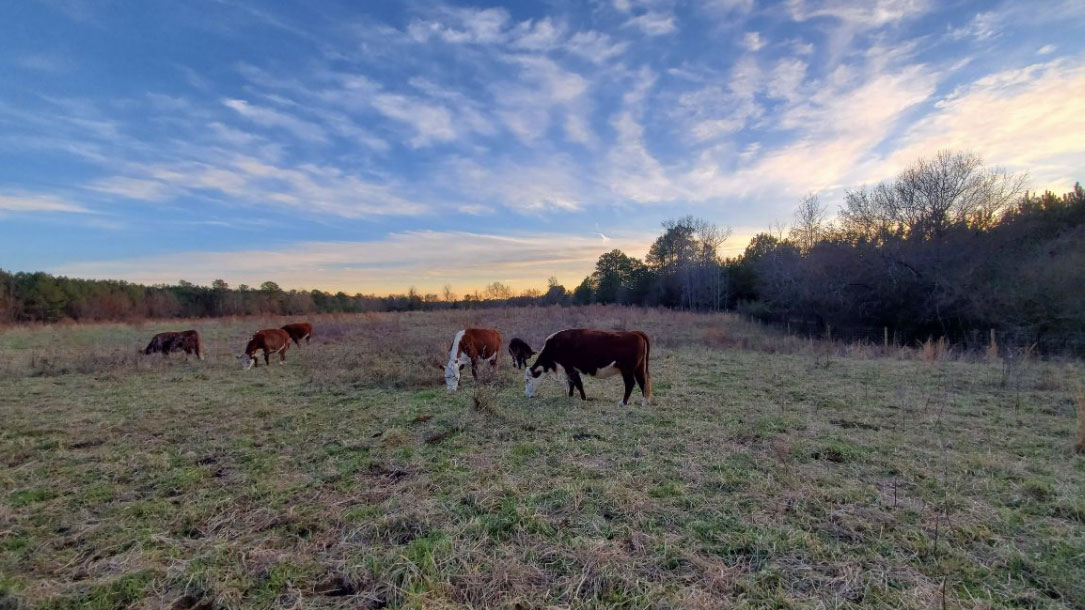
Farming to mitigate the effects of climate change
Land trusts are increasingly talking about how managing soil carbon can boost production, reduce greenhouse gas pollution, and increase water quality. If your land trust works in farm or ranchland protection, having conversations with farmers and ranchers around their management strategies for climate change—and the bottom line—can be very compelling.
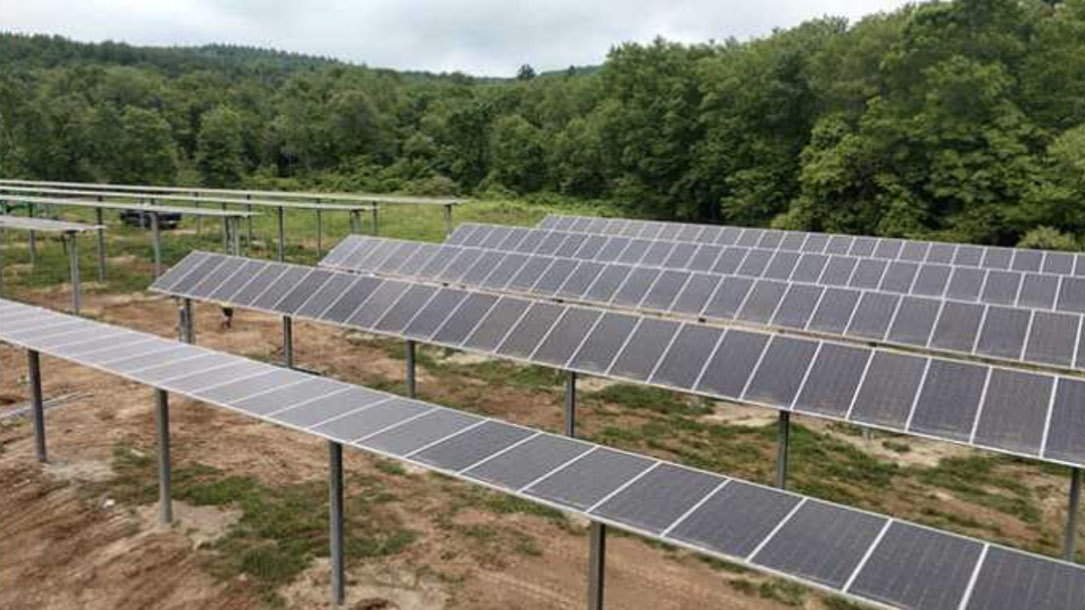
Installed: elevated solar supports family farm, cows, and crops
Generally, solar projects on agricultural land face pushback because traditional solar systems cover the ground in a manner that significantly reduces the amount of available farmland. This project did not face this kind of opposition because a dual-use system doesn’t replace crops, it works with them.
The array is designed to allow sufficient sunlight for the crops and is raised high enough in the air to allow tractors continued access underneath…[It] is designed with 20 ft. row-spacing and a minimum panel height of 10 ft. to improve performance and allow tractors continued access. Dual-use systems use special solar photovoltaic (PV) racking to harvest power from the same sunlight that nourishes the crops that grow under the mounts…
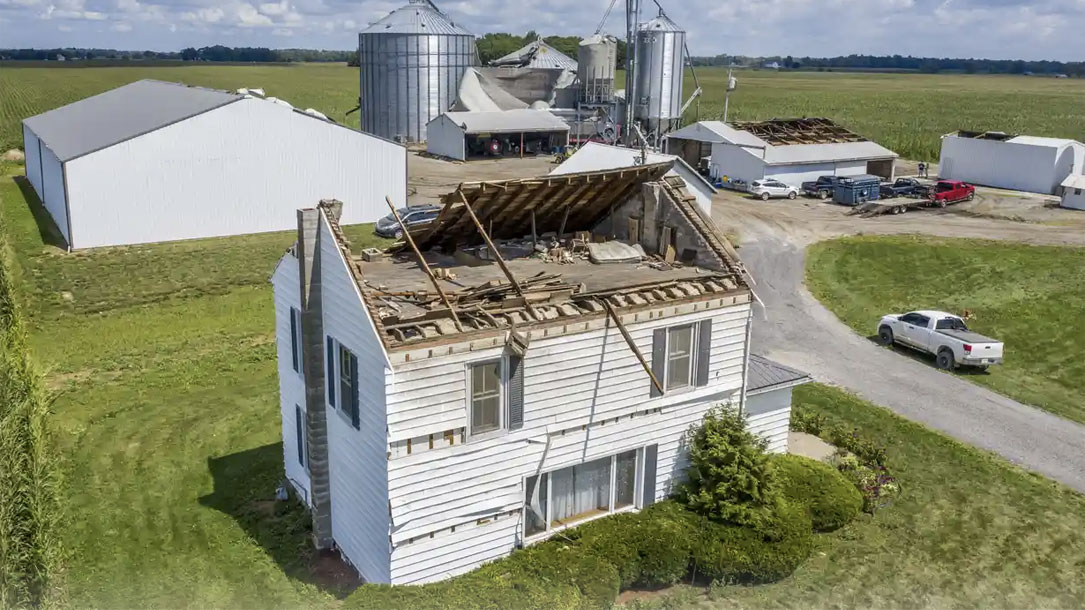
Extreme weather [just] devastated 10 million acres in the midwest. Expect more of this
The impacts of climate change are real and profound for our most basic industry: food. Fortunately, science tells us that we can make a real impact on climate change by planting less corn and more grass that sequesters carbon. Paying farmers to build soil health and retain water is a better investment than writing a crop insurance check for drought.
Farmers on the frontlines of climate change are trying to become more resilient to extreme weather by planting permanent grass strips in crop fields and planting cover crops for the winter that suck up nitrogen and CO2. The rate of adaptation would be quickened if conservation funding programs were not always under attack…

Just how does solar grazing work?
There can be concerns about solar overtaking farmland. Yet with good design and partnership with farmers, solar can actually improve soil health and keep farmers on the land. Here’s a short video by Owens Farm, in Pennsylvania, about how solar grazing works.
For additional information, including leases and technical documents, check out American Solar Grazing Association.












